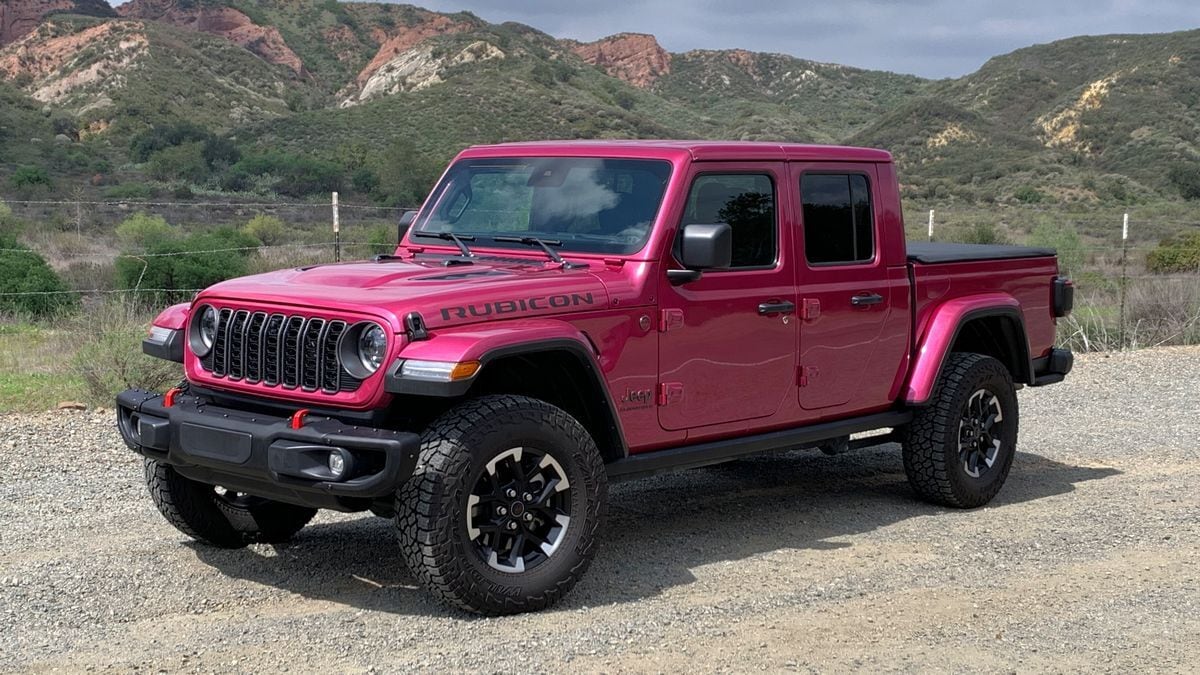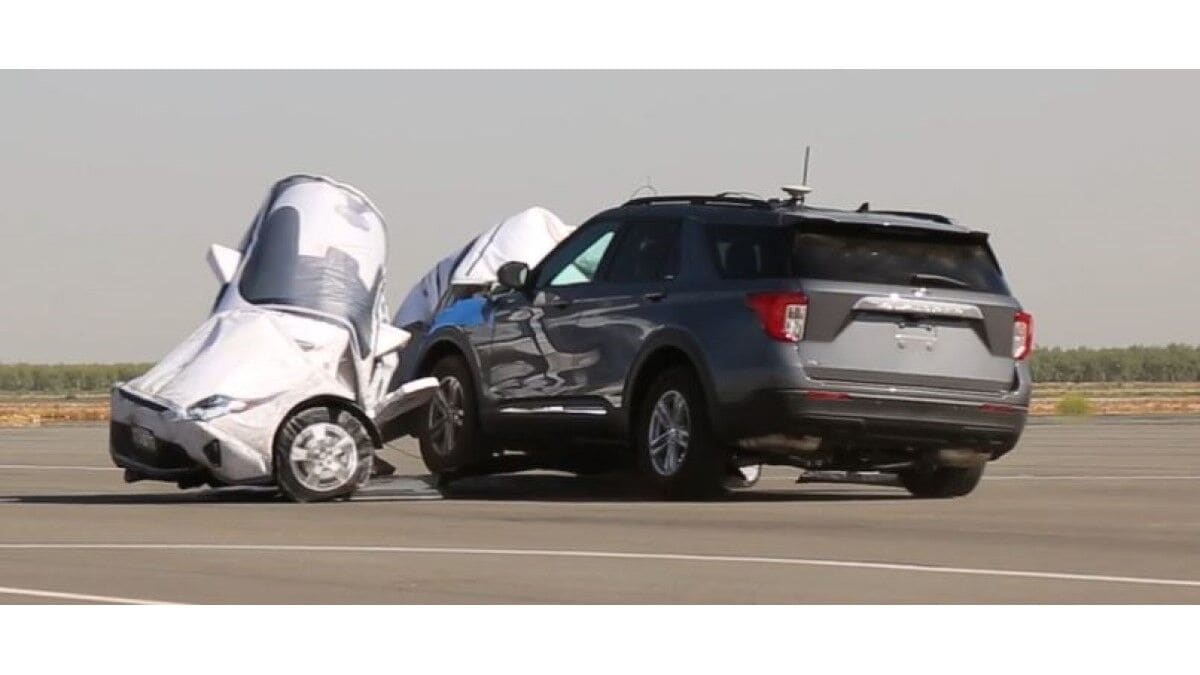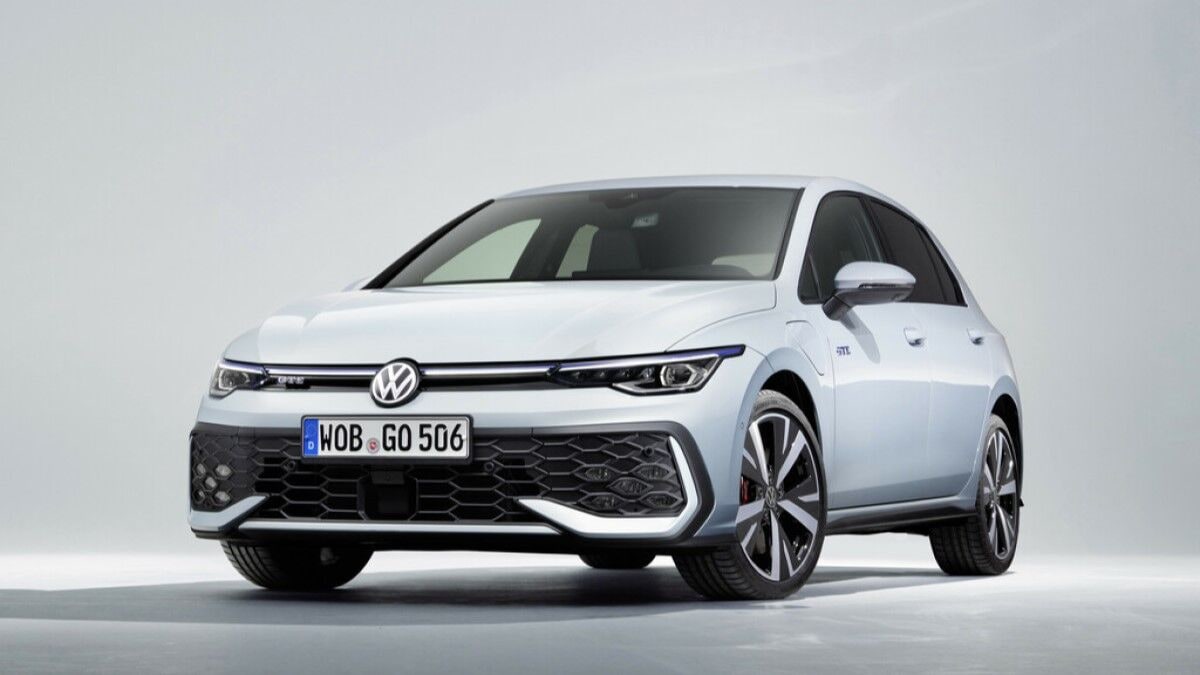The National Highway Traffic Safety Administration (NHTSA) today proposed the first-ever federal guidelines aimed at encouraging automakers to limit the potential for driver distraction caused by electronic devices installed in vehicles. Specifially intended to cover cars and trucks with a sub-10,000 lb gross weight rating, these Phase I recommendations are the first in a series of "guidance documents" NHTSA plans to issue to address sources of distraction that require use of the hands and/or diversion of the eyes from the primary task of driving.
Specific provisions covered in this initial NHTSA proposal include recommendations to reduce complexity and task length required by a device, limit device operation to one hand only, limit individual off-road glances required for device operation to no more than two seconds in duration, limit unnecessary visual information in the driver’s field of view and limit the amount of manual inputs required for device operation. These proposed guidelines also would recommend the disabling of visual-manual text messaging, internet browsing and social media browsing as well as visual-manual navigation system destination entry by address and visual-manual 10-digit phone dialing. It also would limit to 30 characters the display of any in text unrelated to the driving task.
NHTSA says it’s also considering Phase II and Phase III recommendations. The former would address issues created by portable devices or systems that are brought into a vehicle while the latter would focus more on regulating voice-activated controls to further minimize distraction in factory-installed, aftermarket, and portable devices.
"We recognize that vehicle manufacturers want to build vehicles that include the tools and conveniences expected by today’s American drivers," said NHTSA Administrator David Strickland. "The guidelines we’re proposing would offer real-world guidance to automakers to help them develop electronic devices that provide features consumers want – without disrupting a driver’s attention or sacrificing safety."








